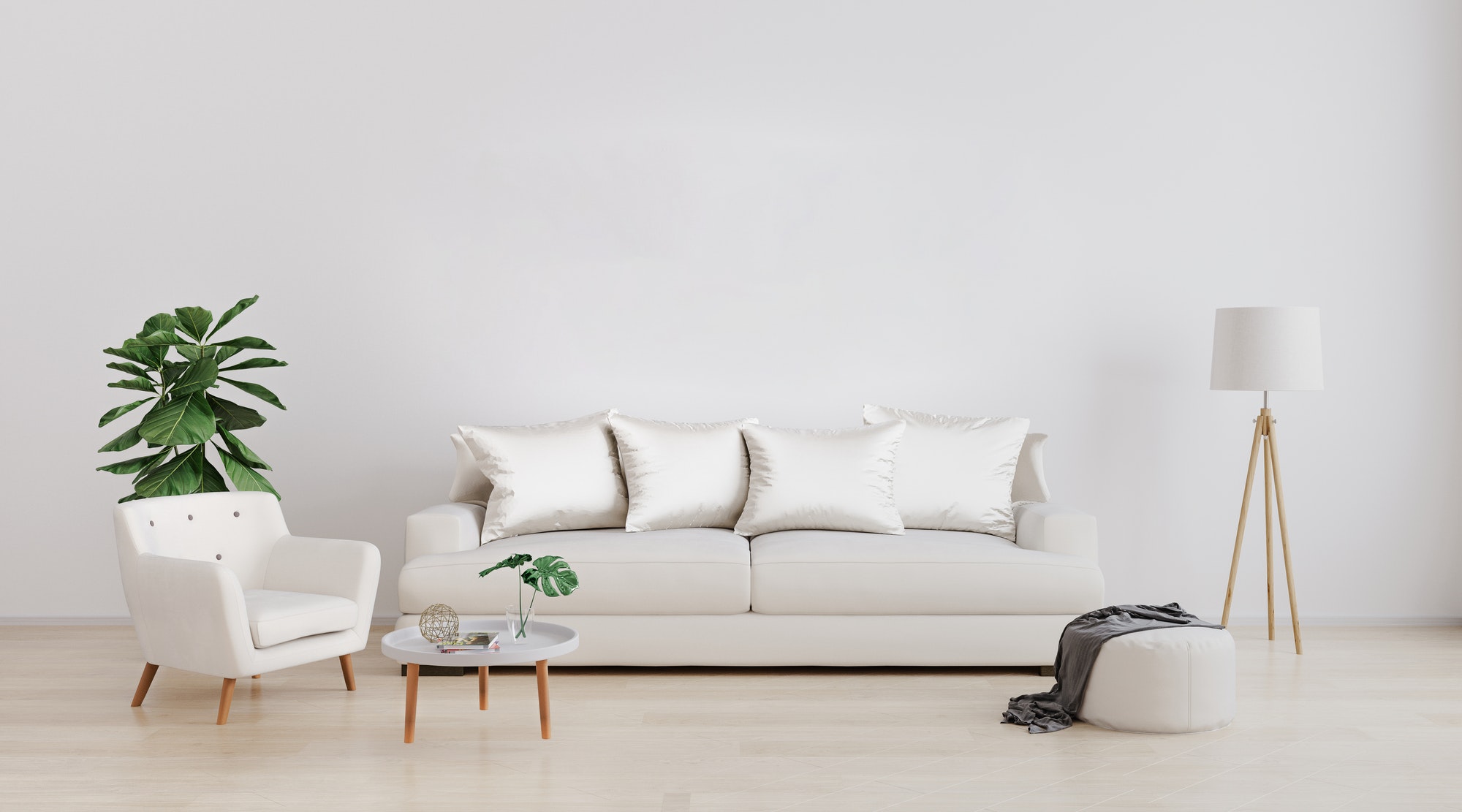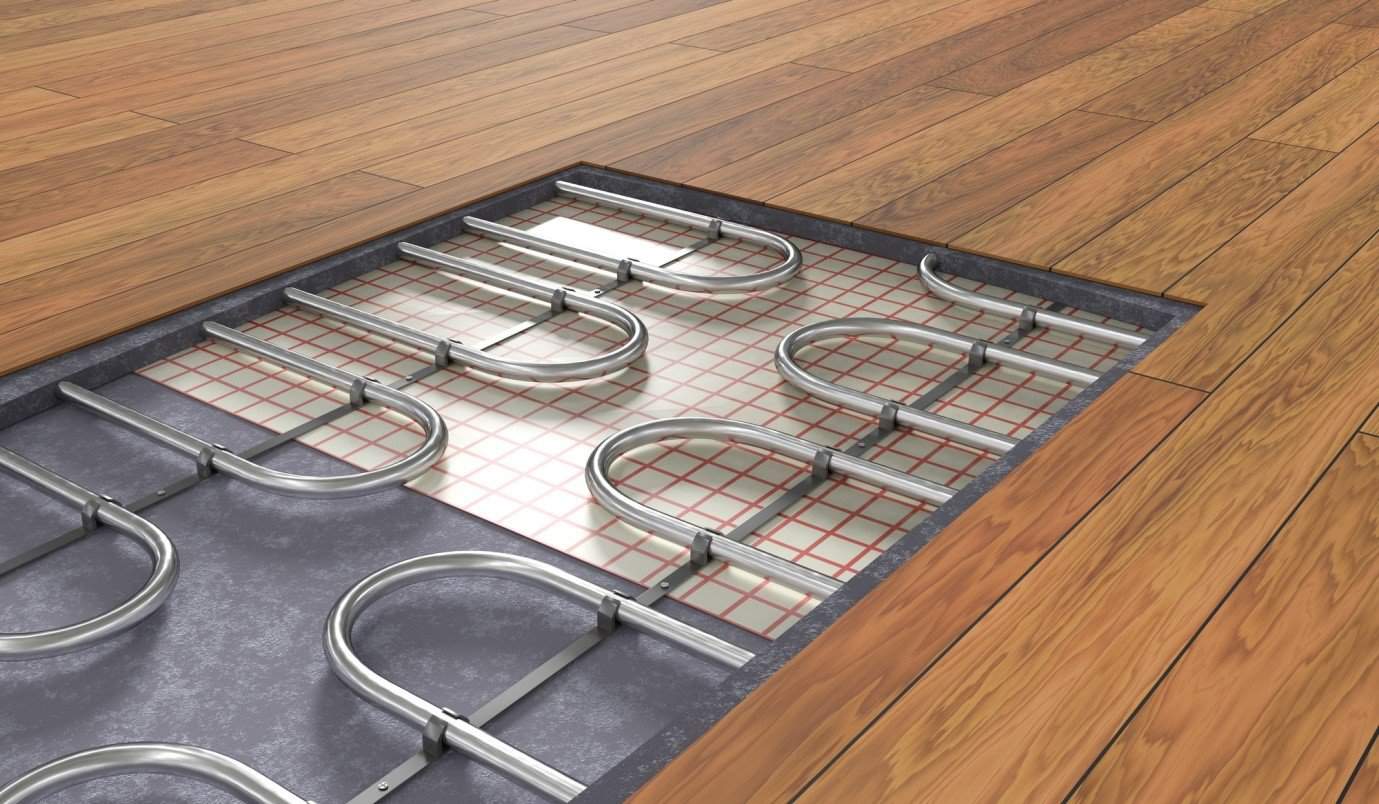Key Takeaways:
- Sound-absorbing rugs can drastically reduce noise levels in your home.
- The materials used in creating these rugs play a significant role in their effectiveness.
- Layering rugs can enhance sound absorption and add a stylish touch to any room.
- Placement is crucial; consider common noise sources to maximize the benefits.
- Regular maintenance, like cleaning and rearranging, keeps rugs effective and vibrant.
- Soft furnishings complement rugs and further aid in sound absorption.
- A considerable amount of research supports the acoustic benefits of rugs in residential settings.
Imagine a serene forest, where you can hear the whispers of rustling leaves and the gentle trickle of a nearby stream. Now, picture yourself cocooned in that tranquility while being engulfed by sheer chaos in your own living room. Your kids are racing like wild creatures, or maybe you can hear your upstairs neighbor practicing the cymbals for their next music gig. Not to worry! With sound-absorbing rugs, you can transform your home into a calm sanctuary as quiet as a forest—the perfect backdrop for finding your zen or perhaps simply binge-watching the latest true-crime series in peace.
Welcome to the world of sound-absorbing rugs! These magical pieces of fabric may not have “mute” buttons, but they do have a talent for soaking up sound like a thirsty sponge. They’re here to save you from living in a real-life action movie, where “quiet” is the equivalent of “screaming”!
The Silent Samurai: Sound-Absorbing Rugs 101
To get to the heart of sound absorption, let’s break down what makes sound-absorbing rugs the champions of home tranquility. Typically, these rugs are crafted from dense, textured materials that trap sound waves rather than allowing them to bounce around your echoey living room like a toddler with an overabundance of sugar. Think of them as soft, stylish ninjas, stealthily muting those obnoxious sounds.
Material Matters
Not all rugs are created equal! The material used to make a sound-absorbing rug can make a huge difference. Here’s a peek at some popular materials and their sound absorption properties:
| Material | Sound Absorption Coefficient (0-1) |
|---|---|
| Wool | 0.40 |
| Nylon | 0.25 |
| Polyester | 0.30 |
| Cotton | 0.35 |
| Jute | 0.20 |
| Synthetic Fiber | 0.29 |
As displayed in the table, wool leads the pack as the heavyweight champion of sound absorption—who knew that a sheep’s favorite fabric could be such a lifesaver? According to a study conducted by the National Institute of Standards and Technology, the right combination of textiles within an interior can reduce noise levels by up to 30%. That’s enough sound-deadening power to restore your sanity at home! (Source: NIST).
7 Calm Tricks to Mute Like a Forest With Sound-Absorbing Rugs
Trick One: Choose the Right Size
Selecting the right size rug is crucial. A tiny rug in a vast room is not going to remedy those loud echoes of life. Go big, or go home!
Trick Two: Layer Your Rugs
If one sound-absorbing rug is good, then two are twice as good! Layering rugs can improve sound absorption and create visual interest in your space. Just don’t go overboard; this isn’t a fashion runaway show!
Trick Three: Cover Up Hard Surfaces
Hard surfaces reflect sound—think hardwood, metal, or glass. Add your sound-absorbing rugs in areas where these hard surfaces dominate to counteract the echoes. A rug under the coffee table or dining set? Yes, please!
Trick Four: Strategic Placement
Place your rugs where the noise originates. If your kids are creating a symphony of chaos, put a rug in the play area. Confused neighbors above? A nice rug in your living room might do the trick!
Trick Five: Maintain with Love
Cleaning your rugs regularly doesn’t just keep them looking fab; it also maintains their sound-absorbing qualities. Imagine trying to soak up sound with a dirty sponge. Not ideal!
Trick Six: Use Soft Furniture
Complement your rugs with soft furnishings—like plush sofas, curtains, and cushions. This creates a mini sound-absorbing fortress that will have you cheering silently!
Trick Seven: Embrace Texture
Textured rugs not only look chic, but they also help trap sound. Look for rugs with different piles, designs, and weaves to create an attractive, noise-muting landscape.
Conclusion: Your Home, Your Serenity
By adopting these tricks, you’ll not only enjoy the soothing sounds of silence but also create a cozy and attractive space that feels like your personal retreat. The beauty of sound-absorbing rugs is how seamlessly they combine function and style. Who knew calmness could come wrapped in texture?
So, gear up, transform your home into a peaceful retreat, and let the only sounds that reign are your soothing favorite playlists or the comforting chatter of good company. Cheers to your newly found serenity—now, if only it worked on the neighbor’s loud cat!
FAQs
| Question | Answer |
|---|---|
| What are sound-absorbing rugs made of? | Sound-absorbing rugs are typically made from materials like wool, nylon, polyester, cotton, and jute. |
| How effective are sound-absorbing rugs? | Sound-absorbing rugs can reduce noise levels by up to 30%, especially when made of dense, textured materials. |
| Can I layer rugs for better sound absorption? | Yes, layering rugs can enhance sound absorption and add a stylish touch to your decor. |
Discover more from Futurist Architecture
Subscribe to get the latest posts sent to your email.
![modern apartment [article_title]](https://www.futuristarchitecture.com/wp-content/uploads/2025/03/7-Calm-Tricks-to-Mute-Like-a-Forest-With-Sound-Absorbing.jpg)


